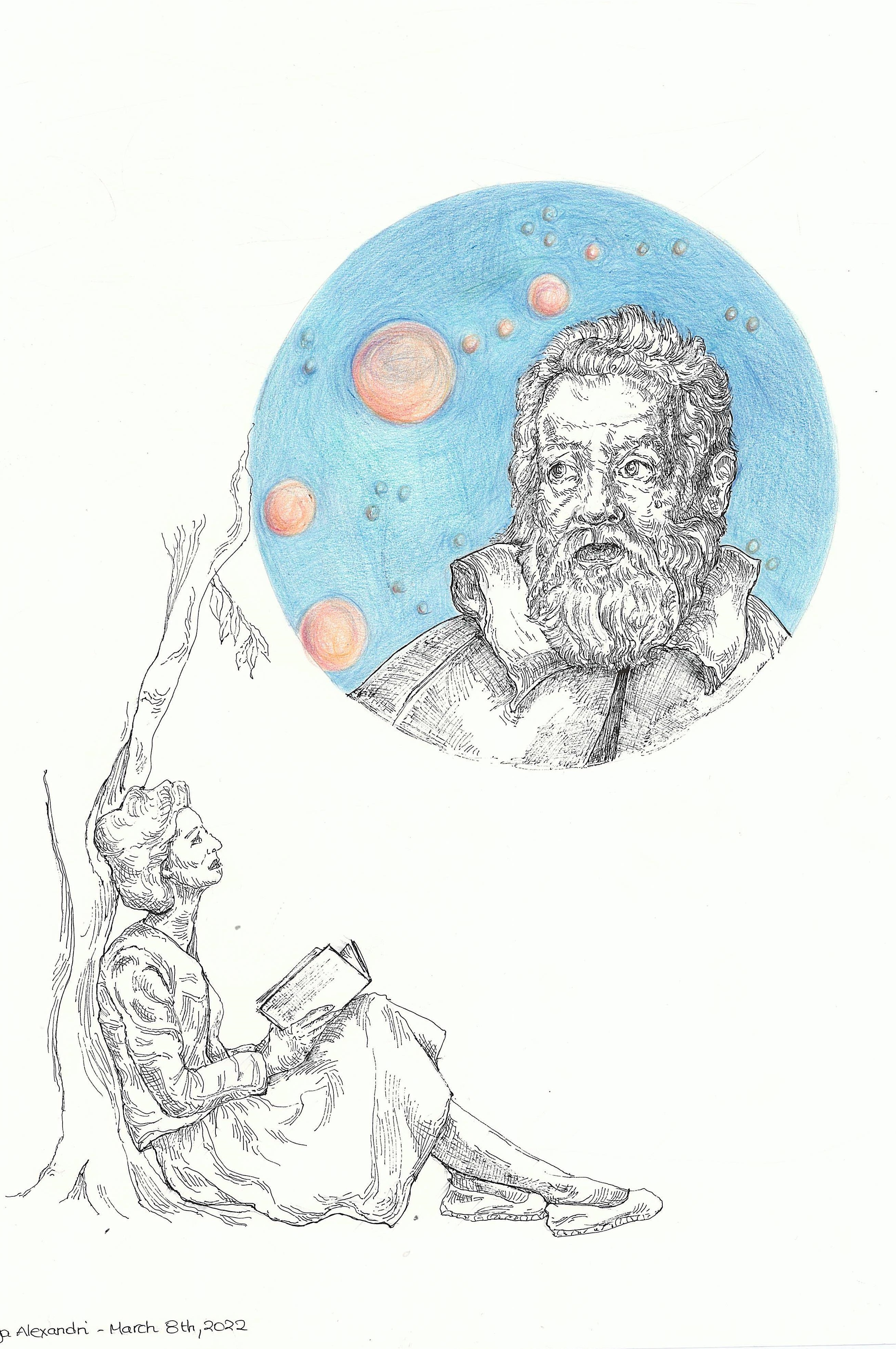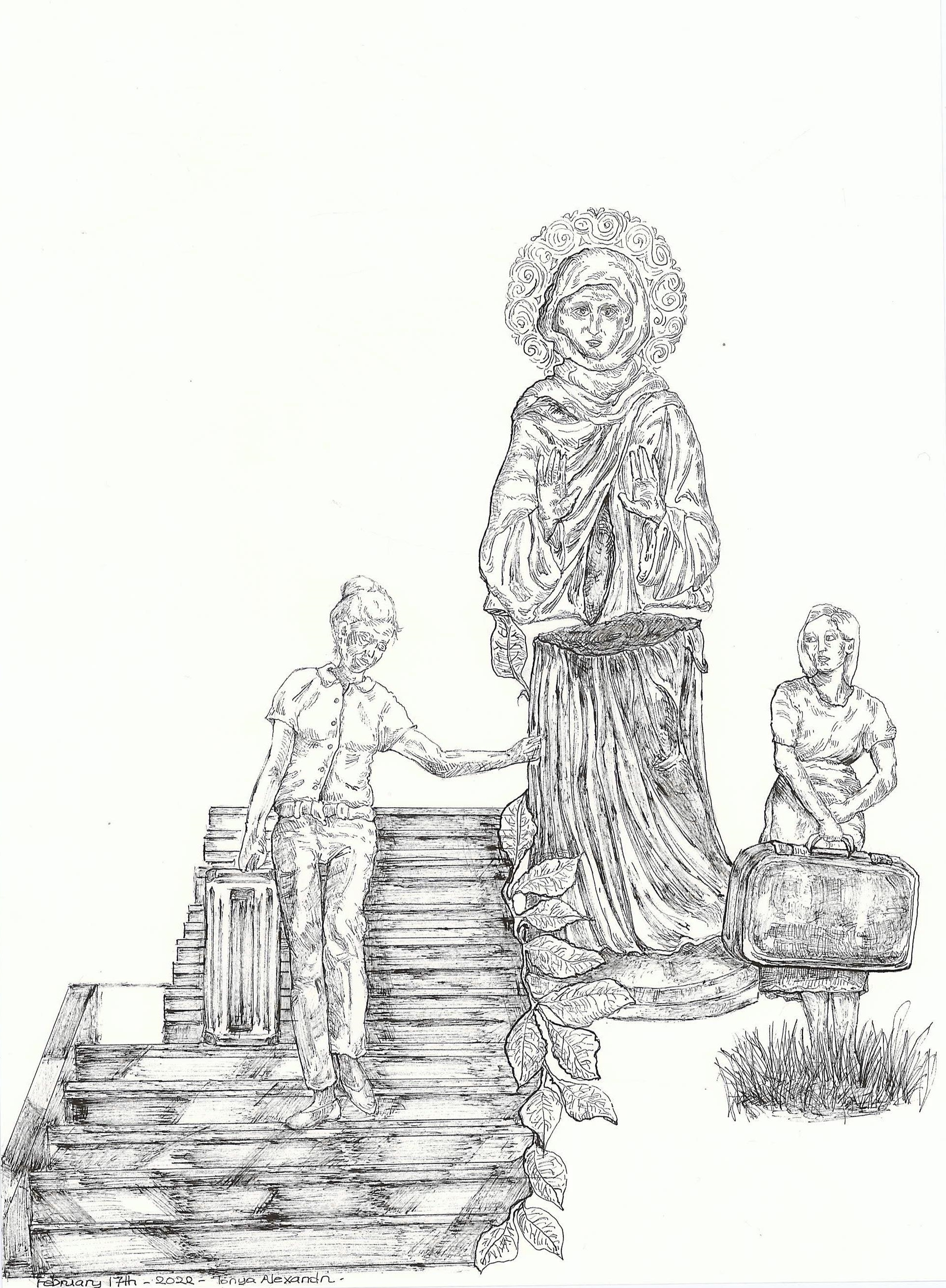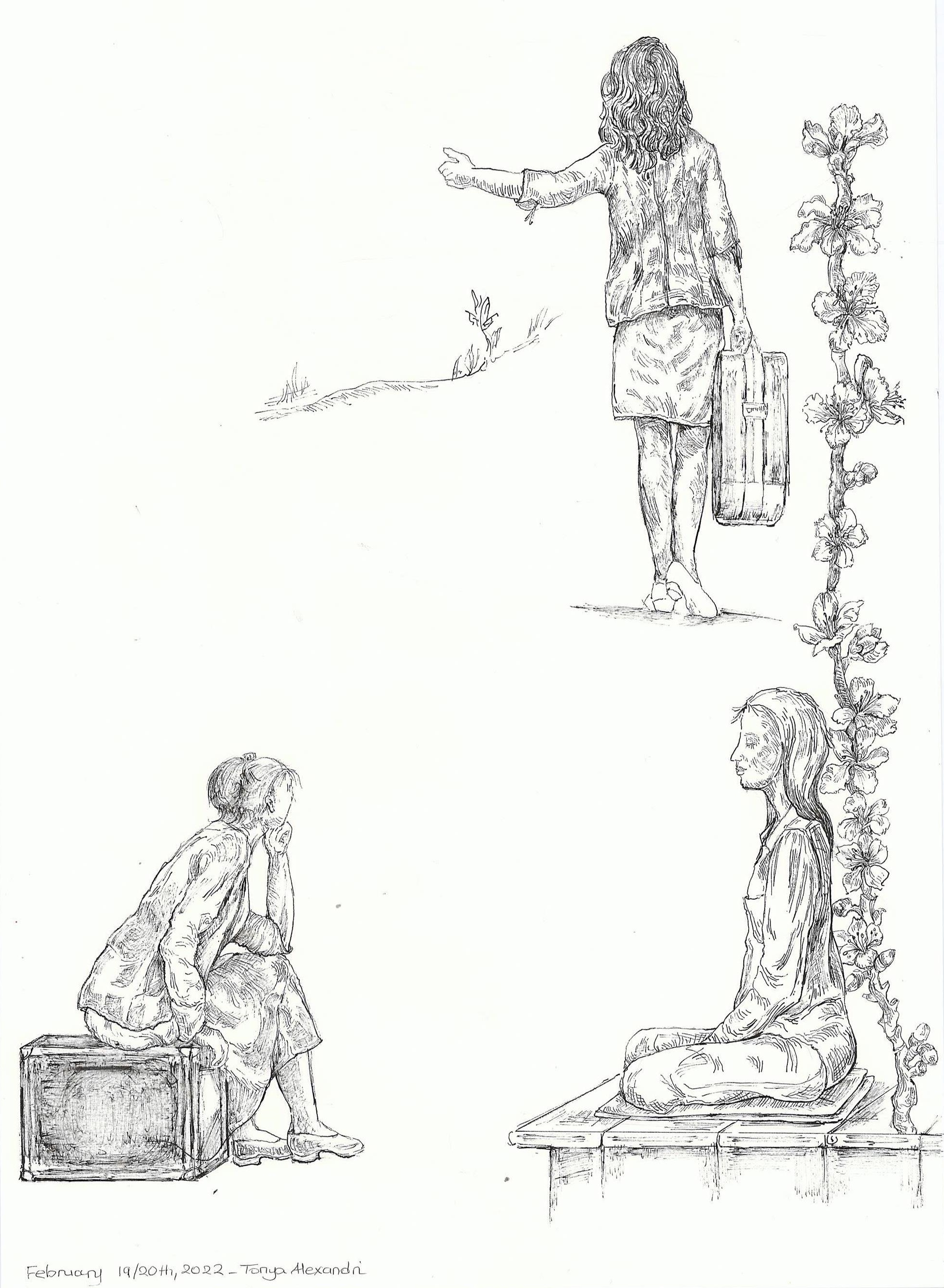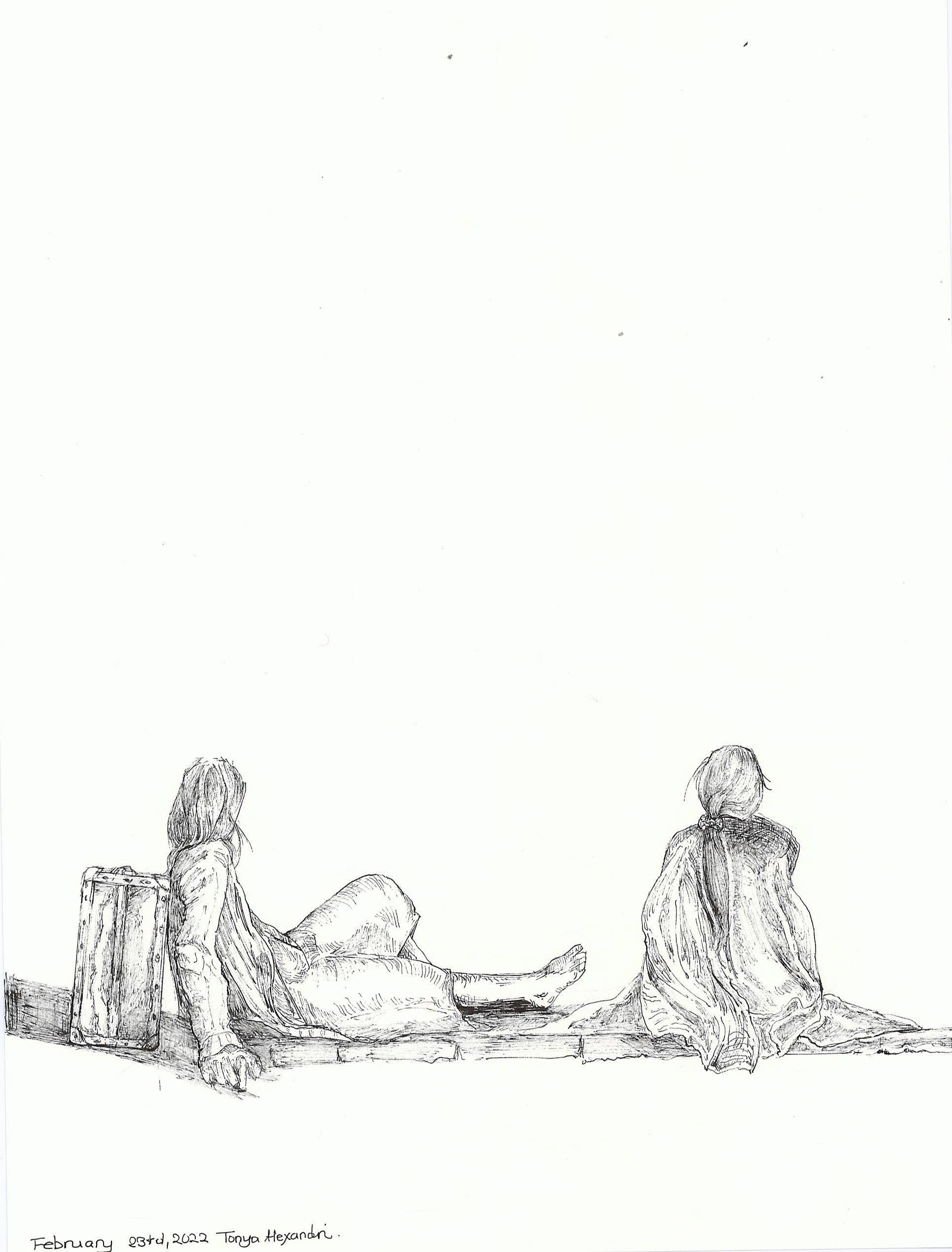Part 4 Edited
“Some of you say, Joy is greater than sorrow, and others say, Nay, sorrow is the greater. But I say unto you, they are inseparable..” Kahlil Gibran
“Class position is by far the greatest determinant of our life chances and experiences, greater than race or disability or age or any other social grouping. It is greater because it mediates all other social groupings, reinforcing or reducing their impact on people’s lives. (p91)” Anne Kearny

This is the final part on joy and other positive emotions and states, and it’s informed by Rick Hanson’s book: Hardwiring Happiness. In the third part I focused on the first part of the book, which discusses the ways we are wired as human mammals, the role our brains and autonomic nervous systems play in happiness, how we have evolved a negativity bias, which helped our cave ancestors survive, but can often become problematic in our contemporary societies. Today I’ll draw from the second part of the book that focuses on ways to train our brains, through neuroplasticity, to rest in the “green zone” more often rather than the reactive “red zone”, and how to turn positive states to more lasting traits through a process called HEAL I’m also, re-posting the previous drawings, plus a new one, and links to two recent episodes of the Being Well podcast on topics I haven’t written much about as an introduction to topics I may be writing about in the next few posts.
The first episode is how to combine pro-social values with principled insubordination, so we can speak up for others and ourselves, and maximize our chances of creating meaningful change even in the face of social pressure. The second episode broadly touches upon the ways we define failure and success in our culture, the deconstruction of old narratives, the ability to define our notion of success and failure via process instead of outcome, and also, reframing failure as an opportunity for learning. They look at how loss works in the brain and what makes us sensitive to losing, managing expectations of success, how some people cope with failure and loss with greater ease than others, how our attributional styles can serve us or not and ways to manage the pain of failure, while also, setting up feedback systems. Finally, they mention reasons behind experiences of lack of success like poorly informed decisions, lack of foresight, not knowing, naiveté, losing our nerve, not backing our play, infertile ground or hostile environments and betrayals by others. This last theme of the conversation is in some sense connected to(or maybe complemented by) the next post, in which I will discuss Counselling, Class and Politics written by Anne Kearney in 1996 and edited and commented on by Gillian Proctor and other authors in 2018.
A short extract from the book:
“With [Anne Kearny’s] background in sociology before she trained in counselling, Anne was clear about the dangers of the counselling profession acting as though politics were irrelevant or pretending that counselling or counsellors could be politically neutral. Way before the current focus on intersectionality in identity politics, Anne was reminding us that each of us simultaneously occupies many social positions and these cannot be treated in isolation. In fact, she [Kearny] states: … class position is by far the greatest determinant of our life chances and experiences, greater than race or disability or age or any other social grouping. It is greater because it mediates all other social groupings, reinforcing or reducing their impact on people’s lives. (p91)”



According to Rick Hanson’s work taking in the good is the deliberate internalization of positive experiences in implicit memory and it involves four steps: a) H-ave a positive experience b) E-nrich it c) A-bsorb it & d) L-ink positive and negative material. Summarily, the first step involves having a positive experience and noticing it. It could be physical pleasure, a sense of hope, achievement or determination, a feeling of closeness to someone, gratitude for something or someone, and so on. The second step involves staying with the experience for a little while, even a few seconds, and opening to the feelings in it, trying to sense it in our body; letting it fill our mind, relishing it. To make it more intense one could find something novel about it or recognize how it’s personally relevant, how it could nourish or help us. The aim is to get neurons firing together, so they’ll really wire together. Step three involves absorbing the experience and letting it sink into us and land in our mind. Rick Hanson writes: “Know that the experience is becoming part of you, a resource inside that you can take with you wherever you go.” Finally, step four, which is optional, involves linking positive and negative material. For instance, while having a vivid and stable sense of a positive experience in the foreground of awareness, also be aware of something negative in the background. However, if the negative material hijacks our attention or emotions overwhelm us it is better to return our attention on the positive until we feel re-centered in the positive. Then we let go of all negative material and rest only in the positive. In order to uproot the negative material /experience, we probably need to repeat the process. Also, it is suggested over the next hour to be aware of positive material while also bringing to mind neutral things (e.g., people, situations, ideas) that have become associated with the negative material, to disrupt unhelpful associations and to dismantle triggers.
It is suggested that although we tend to take in an experience as a whole, there is also value in learning to tune into the separate parts of our experience and becoming more aware of all aspects of our experience because this gives us a greater sense of integration, of inner wholeness, and also, allows us to “turn up the volume” on different parts when we need them. For example, this morning I went for a walk and the countryside, the sea in the distance, the familiar animals and houses, the sunny weather, kind of all blended together, but when I became conscious of the experience moment to moment I became more aware of more parts of my experience like all the thoughts passing through my mind, sense perceptions, various emotions rising and falling, movement. Rick Hanson says our experience has different parts to it, including thoughts, sense perceptions, emotions, desires, and actions. Our thoughts include factual knowledge, ideas, beliefs, expectations, viewpoints, insights, images, and memories, and some of our thoughts are verbal (mental self-talk), and others consist of imagery or a blend of words and pictures. He suggests that it’s good to take in thoughts that are true and useful rather than untrue and harmful, seeing ourself, others, the past, and the future more accurately; understanding how our actions lead to different results; and putting things in perspective. Sense perceptions include sight, sound, taste, smell, touch, and interoception (the internal sensations of our body), and they are the pathway to experiences of relaxation, pleasure, vitality and strength. Experiences of pleasure and relaxation are important because they reduce stress, initiate the process of recovering from it, and are resources for physical and mental health. In terms of relaxation, Rick Hanson writes that it “involves the “rest and digest” parasympathetic wing of the nervous system, the natural counterbalance to the “fight or flight” sympathetic wing. Much like pleasure, relaxation dials down stress… and… strengthens the immune system, increases resilience, and lowers anxiety.”
Briefly, emotions consist of feelings and moods. Feelings are specific, often fairly brief, and caused by an inner or outer stimulus. Moods are more diffuse, enduring, and independent of stimuli. Sadness is a feeling, while depression is a mood. Feelings grow moods. For example, repeatedly taking in feelings of gladness and gratitude will tend to develop a mood of contentment. Moods grow feelings. A sense of contentment might foster feelings of joy and appreciation. Therefore, when we frequently take in positive feelings we can lift or shift our mood. Desires include hopes, wishes, longings, wants, and needs, motivations and inclinations, values, morals, aspirations, purposes, and goals, as well as aversion, drivenness and bad habits or addictions. It is suggested that they can be aimed at the outer world— wishing, for instance, that someone would not blow off your needs or undermine our efforts, let’s, or at the inner one, such as intending to stay strong when speaking up against mistreatment. Understandably, positive desires tend to lead to more happiness and benefit, while negative ones lead to more suffering and harm. Finally, as defined in the book actions include both what we do outwardly like behaviors, facial expressions, gestures, posture, words we speak or write, and the internal inclinations and skills that produce our actions.
There are many suggestions in the book on how to consciously create or look for positive experiences. Some ways to do this is by finding good facts in our current setting, in recent events, in ongoing conditions, in our personal qualities and in the past, and also, anticipating good facts in the future, sharing the good with others, maybe finding the good in the bad, caring about others, seeing good in the lives of others, imagining good facts, producing good facts and seeing life as opportunity. Specifically, creating a positive experience can involve looking around in your environment to find a pleasant sight like an object in your house, a pet, a person, nature outside your window or simply thinking of something that makes you happy. Looking in our distant or near past to see the things, even the simple and ordinary positive things that have happened and that we can feel good about. Then we can move on to the many good things that are relatively stable and reliable that will probably still be there tomorrow like the sea in the distance, the ground we’re standing on, the sky above us, this planet. Rick Hanson suggest we look in widening circles, considering the imperfect but still positive aspects of our society; hopefully, including the rule of law, democracy and civil rights, especially when compared to the alternatives, both in history and still widespread today. He writes: “Think about culture and our easy access to music, ideas, art, entertainment, and wisdom teachings. Science and technology have advanced, offering things like refrigeration, air travel, flush toilets, aspirin, and the Internet. Wider still, you can count on nature’s gifts…”
Additionally, we can turn to our personality, good qualities in our character, our capabilities and various talents and skills even seemingly simple ones like cooking or using a computer. Rick Hanson says: “Standing up for the truth to yourself and to others that you are a basically good person— not a perfect person, but a good one— can feel taboo….. Observe virtues and strengths in yourself such as endurance, patience, determination, empathy, compassion, and integrity. Also notice abilities. These are facts, not fiction.” Another source of good experiences is the past. We can enhance our memory by looking through photos, and also, appreciate past experiences that have over time blended together like the hundreds of times we’ve been swimming or gone for a walk in nature or played with our child. Yet another source is imagining the very near future, like something positive that we could do in the evening, or what might happen in the more distant future. It is stated in the book that this mental time travel draws on midline networks in the cortex that were an important evolutionary development, enabling our ancestors to plan more effectively.
Also, talking about good things with others intensifies the experience and humans have highly developed neural networks for empathy and the ability to tune into others. Caring about others and taking pleasure in others’ well-being, which includes both inner experiences and outer behaviors is an evolving capacity that has likely promoted survival. This is sometimes called altruistic joy. Finally, we can reframe past negative events, and also, use experiences today to meet past early unmet needs. Through engaging with these practices we become more conscious of taking in the good, but also, of our blocks and difficulties in doing so, as well as, the areas of unmet needs. In other words, we try to “match some antidote experiences to past negative material”. We could start by asking the question: What would have made all the difference when I was young? Deep down, what do I most long for?
Over the weekend I watched Belfast written and directed by Kenneth Branagh, which is based on his childhood in Ireland. His nine year old self is brought to life during a period of unrest in Ireland and major transition in his family’s life as they are forced to emigrate to England. We get a child’s view of conflict and loss, and how he tries to deal with the loss of the peaceful, safe town and neighbourhood he had known and then all that was familiar and dear to him. I felt that the film among other things was a return and an offering of love to that curious, joyful, worried and scared boy. In an interview Branagh said: “You expect the world to turn upside down in a heartbeat. And really, I’ve understood that in my subsequent life, but prior to that, and I think it’s often the case for people experiencing their existence up to six, seven, eight, nine years old as, if you’re lucky, a glorious, maybe you would say innocent part of their lives, but something that you yearn to get back to. Not in a nostalgic way, you would just like to have that piece of mind. And this film was a search, I guess, for peace of mind.”
Taking in the good is something that we do every day, but we don’t usually do it consciously. It’s about learning to appreciate the little things in life. So, it could involve looking for chances to let good experiences sink into us throughout each day, like when we wake up, during meals, before bed time. Gratitude and wishing others well can be part of this process. Also, to take in the good we need to want to help ourself and to be on our side, which does not mean being against others or not wishing others well. Rick Hanson writes that “being on your own side is the foundation of all practices of health, well-being, and effectiveness. Without this stance, you wouldn’t be motivated to act on your own behalf. Unfortunately, for reasons such as being criticized a lot as a child, many people are a much better friend to others than they are to themselves.” Making this process a habit is necessary because the brain is a physical system, which like a muscle, gets stronger the more we exercise it. Practising will eventually make it automatic.
As stated throughout the book through engaging with this process over time we fill up our inner storehouse with the strengths we need, such as feeling at ease rather than irritable, loved rather than mistreated, and resourced rather than running on empty, and also, we foster more well-being, heal psychological issues, and support creativity and self-actualization. He writes: “Inherently, taking in the good is a way to be active rather than passive— a hammer rather than a nail— at a time when many people feel pushed and prodded by events and their reactions to them. It’s also a way to treat yourself like you matter, which is especially important if others haven’t. This practice brings you into the present moment and reduces rumination, that repetitive rehashing of things in your mind that fosters mental and physical health problems. It teaches you to have more control over your attention, so you can keep it on what’s good for you and others and pull it away from what’s bad. All the while, you’ll be sensitizing your brain to positive experiences.”
Links
https://www.rickhanson.net/being-well-podcast-dr-todd-kashdan-defy-authority-with-an-open-heart/
https://www.rickhanson.net/being-well-podcast-learning-to-cope-with-failure/
